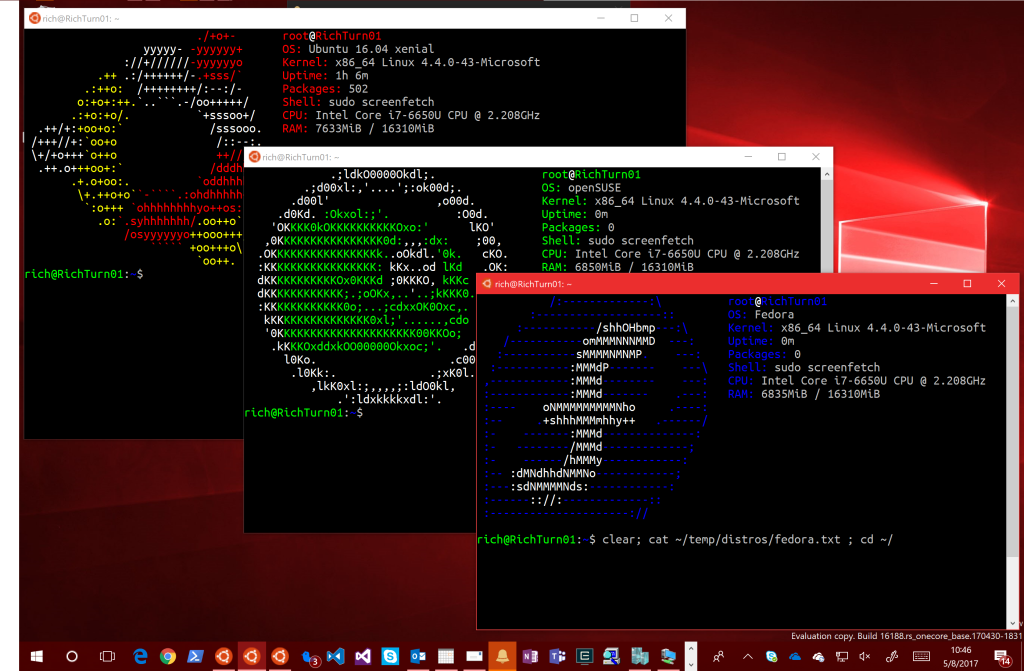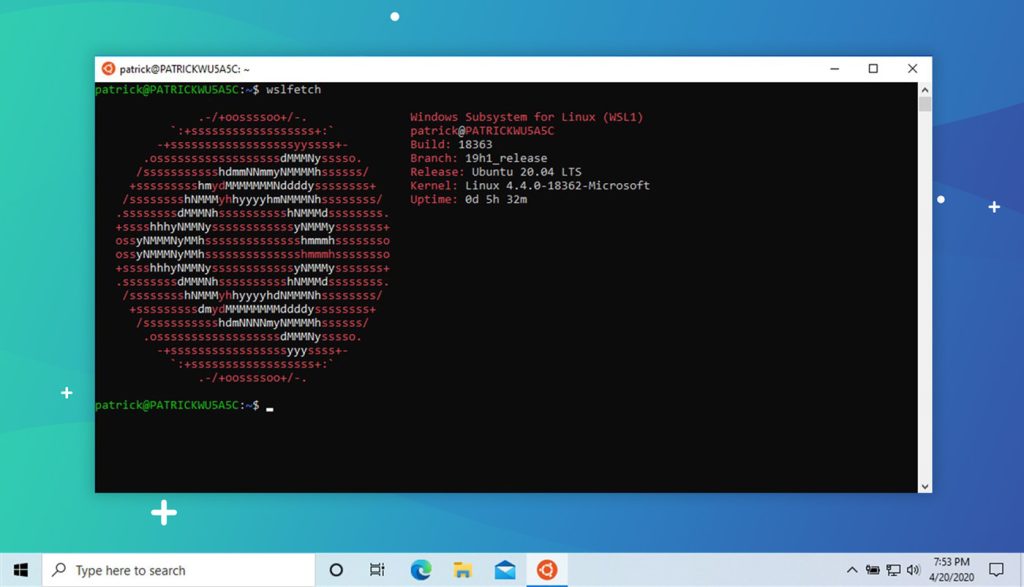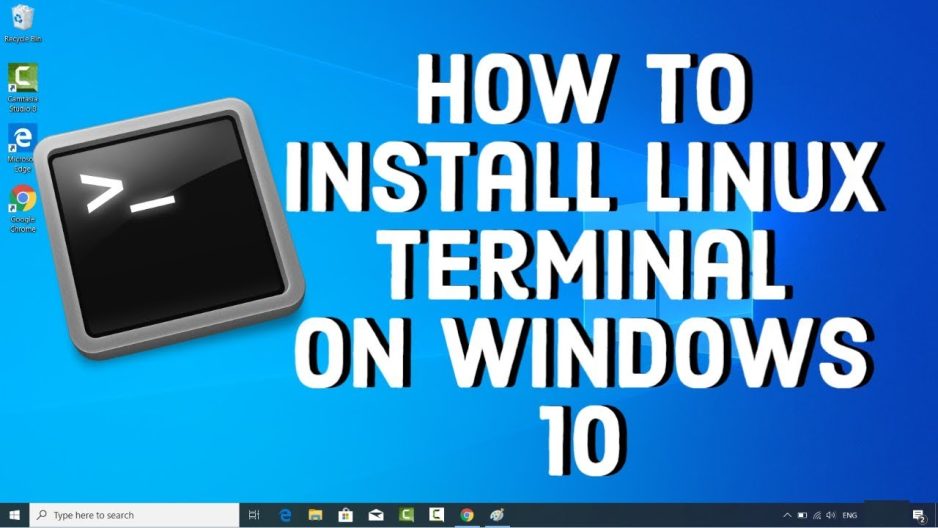Imagine a world where two seemingly rival tech gods not only coexist but also harmoniously converge, creating a symphony of smooth-functioning technological prowess. This is no longer the stuff of imagination or science fiction. The era of Windows Liberation is upon us, heralding a landscape where Microsoft’s flagship OS, Windows 10, embraces the open-source wizardry of Linux. It’s a beautiful entwining of the familiar comfort of Windows and the boundary-pushing flexibility of Linux. This article ventures into the labyrinth of such an extraordinary union and reveals the fascinating process of Linux installation on Windows 10.
The Windows-Linux Alliance: A Dance of Power and Flexibility
This extraordinary dance begins with a dramatic yet unsuspected feature of Windows 10: the Windows Subsystem for Linux (WSL). Unveiling the Linux terminal on a Windows platform is akin to opening a hidden door in a well-known room, revealing an exciting world of new possibilities. The WSL not only hosts the Linux terminal but also runs a variety of Linux distributions, transforming the Windows landscape into a multi-environment workstation.
Understandably, setting up the WSL may seem like a Herculean task, shrouded in the mist of code language and system operations. Yet beneath the daunting exterior lies a process that’s more akin to assembling a puzzle, where each piece slots into place with a satisfying click. Firstly, you must enable the WSL feature on your system, which is a mere matter of navigating through the labyrinth of system settings or typing a simple command in the PowerShell.
The next steps involve installing your chosen Linux distribution, from Ubuntu to Fedora, from the Microsoft store. Each distribution is like a different flavor of ice cream, each offering its own unique combination of taste (features) and texture (performance). Once the installation is complete, the Linux terminal is at your beck and call, available from the Start menu.

Journeying Beyond Installation: Mastering the Blend of Windows and Linux
But the journey doesn’t end with merely installing Linux on Windows. It’s like being handed a new instrument; the real beauty unfolds when you learn to play it. Utilizing the Linux terminal expands the horizons of your Windows experience, offering new tools, applications, and capabilities hitherto unimagined. Want to run a bash script on Windows? Now you can. Craving to use grep, awk, or sed? They’re at your fingertips.
But what’s the key to mastering this new instrument? It’s getting comfortable with the Linux command-line interface (CLI). It’s here that the true power of Linux unfurls, a testament to the philosophy that simplicity and power can go hand in hand. Understanding the CLI might seem like learning a new language, but with a bit of practice, you’ll be spinning commands with the ease of a seasoned linguist.

Beyond the command line, you’re opening doors to an extensive range of software that’s typically Linux exclusive. Development tools, server applications, and data science packages previously barred from the Windows realm now bow down before the combined might of the Windows-Linux alliance.
Conclusion
The liberation of Windows through the incorporation of Linux is an exhilarating journey, opening up a plethora of possibilities and applications. It’s a union that not only offers the stability and ease of Windows but also the adaptability and flexibility of Linux. The journey to install Linux on Windows 10, though seemingly daunting, is an adventure worth embarking upon. It’s a dance of power and flexibility, leading to a symphony of endless capabilities. As you step into this brave new world, remember – the power of this extraordinary alliance is now at your fingertips. It’s time to explore and conquer!

